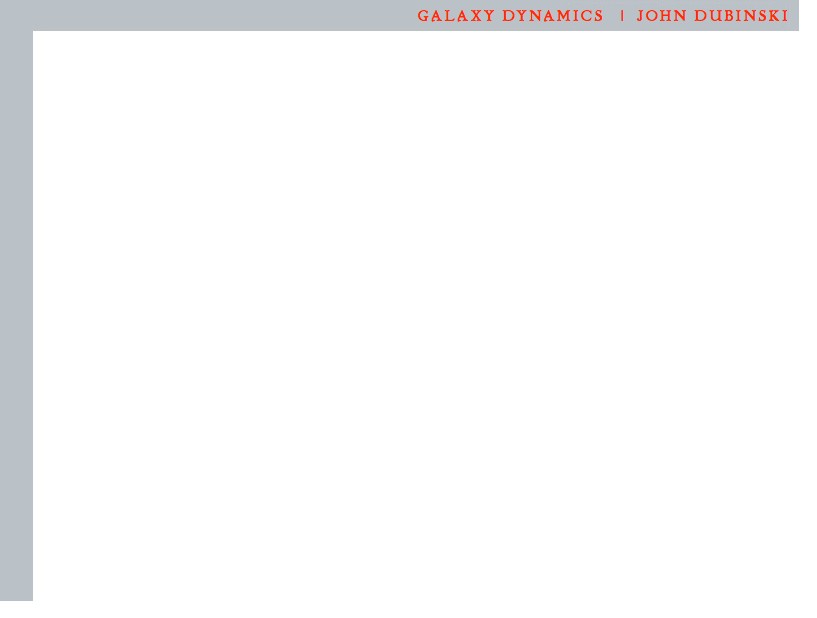



"Through it shone the Stars! 4. Nightfall (5:55) Not so long after the Big Bang, somewhere in the universe the first star was born. Great clouds of gas condensing within the galaxies were stellar cradles. The largest clouds condensed into globules that flared into millions of stars and became globular clusters. These ancient families are fossils of the first moments of creation and shine mainly today by the light of red and blue giants. For billions of years, the stars have moved on their way rarely encountering their companions shuttling back and forth indifferently guided by the relentless force of gravity. This animation is inspired by the classic Isaac Asimov short story Nightfall written in Astounding Stories in 1941. There an astronomer on a planet with multiple suns where it is always day learns through his N-body calculations that all of the suns will soon set for the first time in thousands of years. The last time this happened civilization collapsed because of the mass insanity that followed when night fell. As the last sun sets and mass hysteria ensues, the astronomer looks up into the sky and perceives the fantastic view of a sky filled with tens of thousands of stars for he lives on a planet at the heart of a globular cluster! I have visualized the stars in the animation to reflect the true colour and brightness distribution in globular clusters and reproduce the look of Hubble Space Telescope images of globular star clusters accurately. |

|